‘Who only by moving can balance, / Only by balancing move.’ The closing lines of Michael Donaghy’s ‘Machines’ come to mind in front of paintings by the Italian artist Manuele Cerutti (b. 1976), a group of which are currently on display at the Italian Cultural Institute in Belgravia (until 13 May). This is the first time that Cerutti’s works have been exhibited in London. Donaghy, in this poem, is comparing the precarious magic of a racing bicycle in motion to that of a piece of harpsichord music as it is performed; Cerutti paints assemblages of objects – stepladders, wooden staffs, books, rugs, chairs – poised in implausible equilibrium in his studio in Turin. For both poet and artist, there is a sense of wonder that attends upon the realisation of balance.
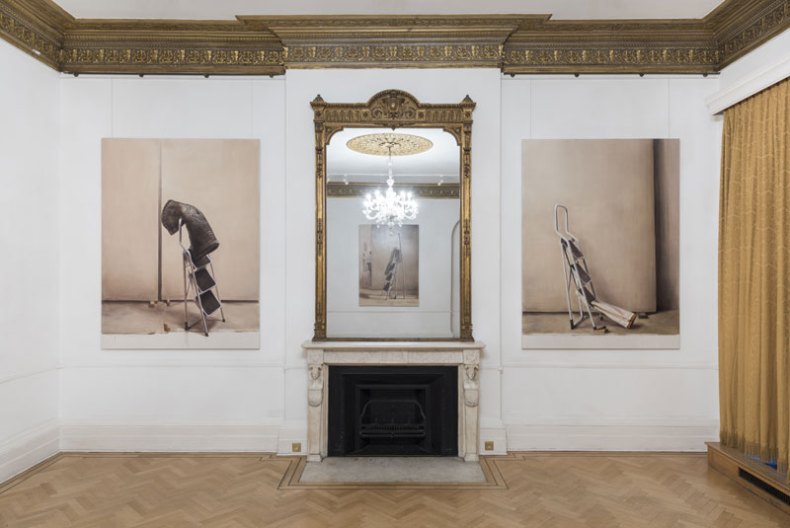
Installation view of ‘Proprioception: Manuele Cerutti’ at the Italian Cultural Institute, London. Courtesy the artist and ARTUNER. Photo: Damian Griffiths
But for the painter, there seems a strangeness, too, in how balance can seem most provisional at that point when we become conscious of it – when it shifts from something that is physically intuited to something we perceive and ponder. Hence the exhibition’s title, ‘Proprioception’, a term from medical science that describes the sensory mode by which the body relates its parts to one another, and orientates itself in space. Proprioception is not a difficulty for most of us – though it can be impaired by anything from alcohol to illness – but like so many things it becomes a puzzle when we try to comprehend it. And that extends to the making of art. Painters often say that brushstrokes come naturally to them – that the hand thinks for itself, in a way – but what of that moment when the artist starts to examine his own fluency?
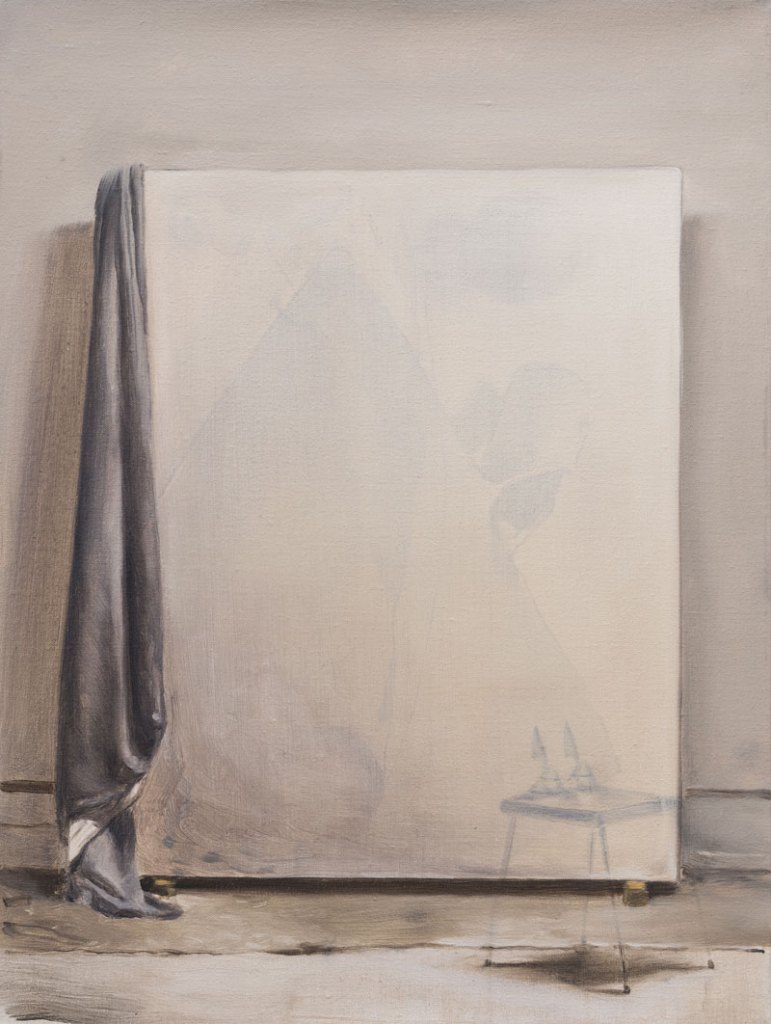
Extension II (2016), Manuele Cerutti. Courtesy of the artist and ARTUNER
A type of compelling estrangement can emerge, I think; one that is keenly felt here in two small paintings, Liturgies I and II. These depict the artist as he steadies an upturned wooden chair across his hunched shoulder, the nape of his neck, and the back of his head. In a sense, the compositions are comic: the artist as sitter in topsy-turvy self-portraits, or perhaps still lifes of a chair that has been perched on a plinth made of painter. But the works have a sense of gravity, too, in how they force us think about how the body takes its bearings – and how integral that is to the making of art. In Liturgies II, painter and chair together cast a monstrous shadow on a canvas that is propped behind them: it looks like both a preliminary sketch for a painting and some kind of obstacle to starting one.
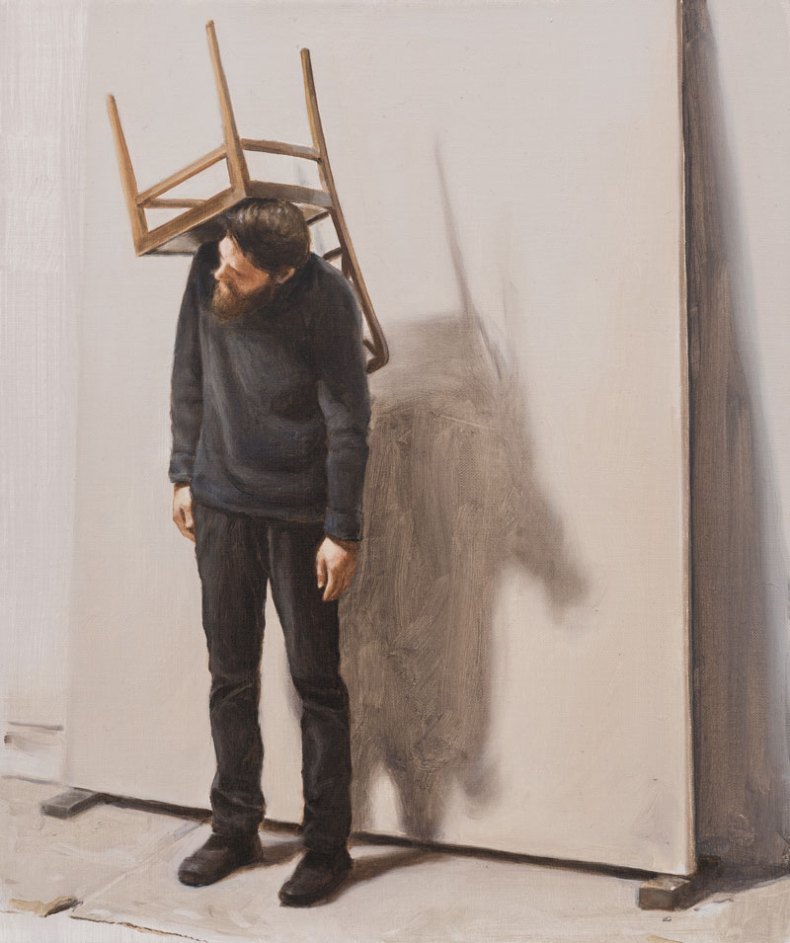
Liturgies II (2016), Manuele Cerutti. Courtesy the artist and ARTUNER
And then, in many of the 11 paintings exhibited here, one senses another type of orientation: of an artist positioning himself in the physical and intellectual space of his city, and testing its bounds from within the confines of his studio walls. The improvised but fastidious sculptural set-ups depicted in these paintings bring to mind the makeshift installations and objects devised by artists of the arte povera movement – figures who continue to dominate artistic perceptions and production in Turin some 45 years after they were first grouped together by the Italian critic Germano Celant. (The Fondazione Merz is among Turin’s major institutions, while Giuseppe Penone still works in the city and Michelangelo Pistoletto works between Turin and the Piedmont town of Biella.)
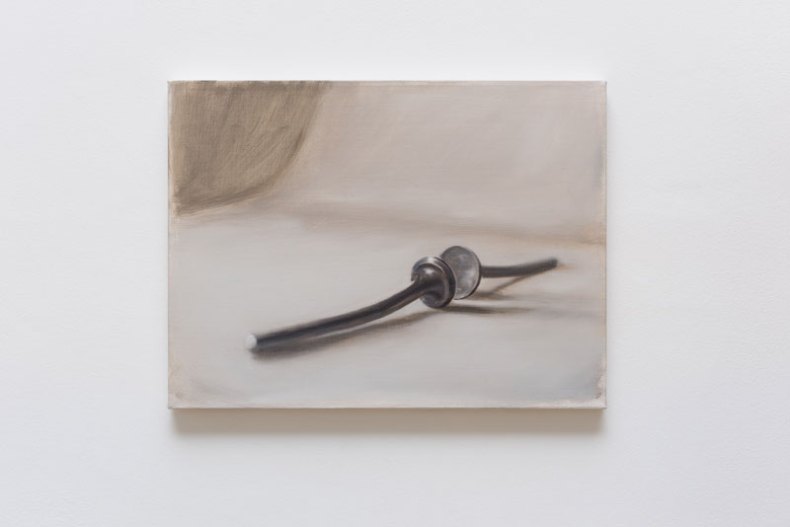
Opposition I (2016), Manuele Cerutti Courtesy the artist and ARTUNER
The calling card of art povera was the use of simple, often raw materials; a turn away from traditional media, in other words, and not least among them paint. In this context, Cerutti’s fixation on the modest object – two nails enlarged and positioned point to point; a bent sheet of metal arcing against a wall; a pair of upended headlights from a vintage Fiat – feels like both a mark of respect and an attitude of defiance. That defiance is stated brilliantly in Cerutti’s application of the paint itself. In his hands, this is a medium that can unsettle the solidity of things: through overpainting, so that ghostly objects from discarded paintings show through another image on the surface of the canvas (as in Extension II); with ostensibly coarse brushstrokes that disrupt the spatial logic of a composition (as in Reaching); or with effects of light and shade that seem to sublimate sturdy objects into shadows (as in the frame of the stepladder in Flexors III). And these effects are about balance, too – objects poised but also unstable, painted on the verge of losing their shape.
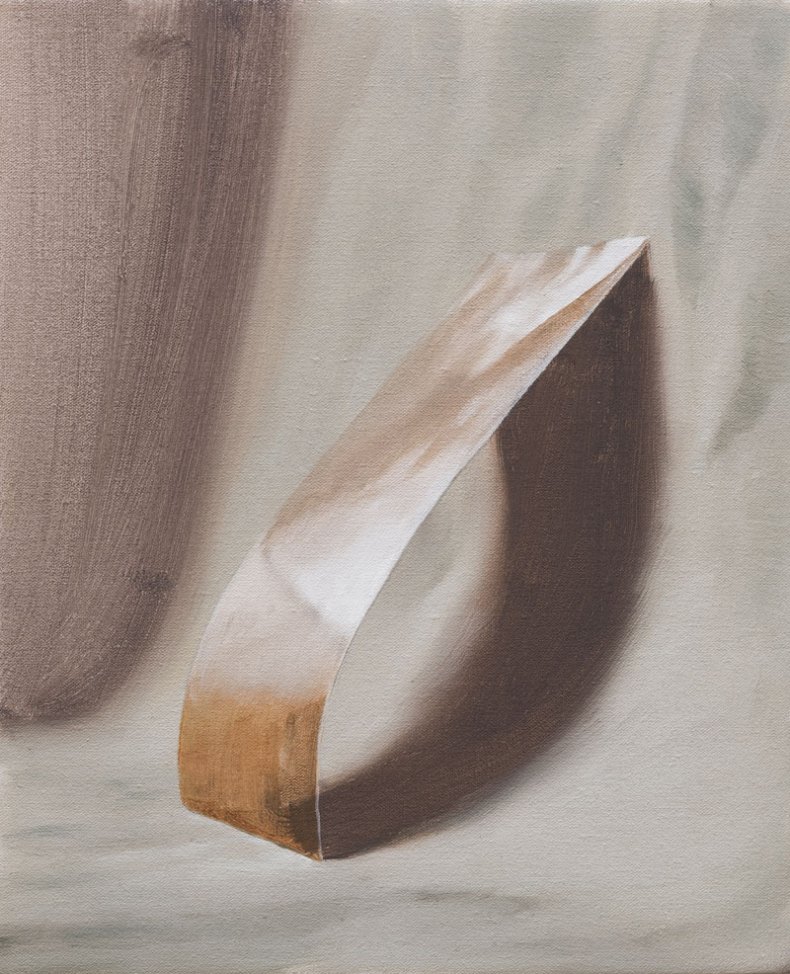
Reaching (2016), Manuele Cerutti. Courtesy the artist and ARTUNER
Cerutti’s paintings have an equilibrium, however contingent, the significance of which reaches far beyond the frugal arrangement of objects in a bare studio. Theirs is an arte povera transformed into something rich and strange.
‘Proprioception’ is an Artuner exhibition at the Italian Cultural Institute, London, until 13 May.
Unlimited access from just $16 every 3 months
Subscribe to get unlimited and exclusive access to the top art stories, interviews and exhibition reviews.

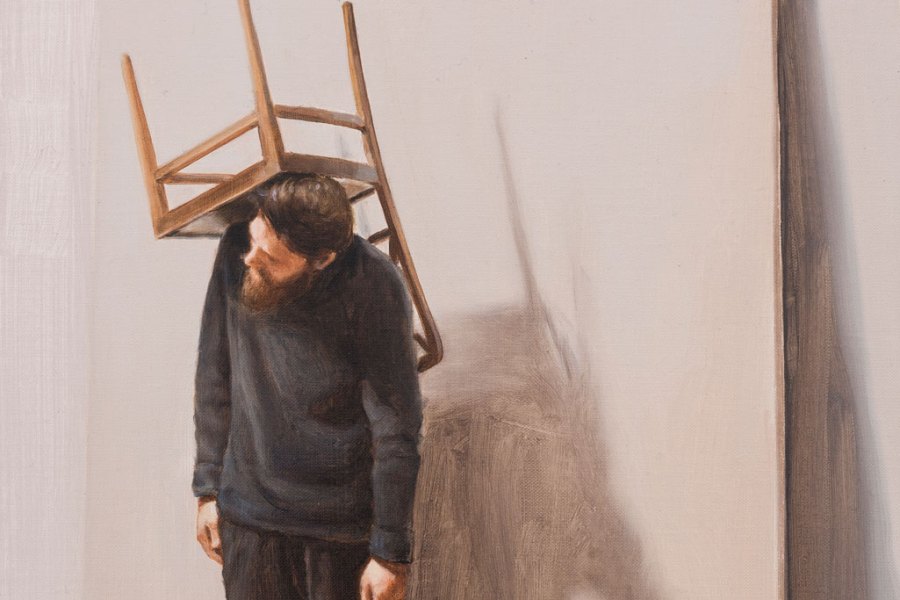
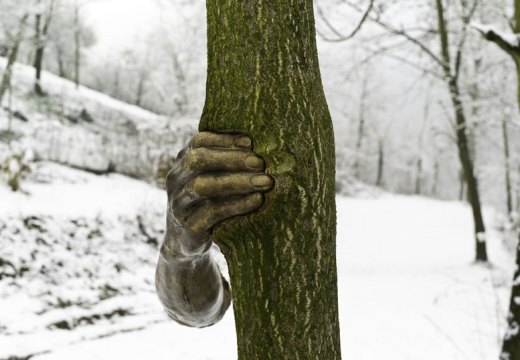
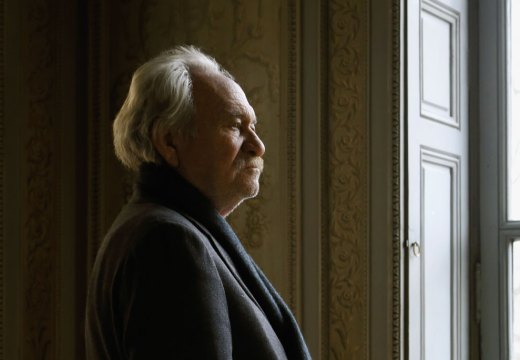










![Masterpiece [Re]discovery 2022. Photo: Ben Fisher Photography, courtesy of Masterpiece London](http://www.apollo-magazine.com/wp-content/uploads/2022/07/MPL2022_4263.jpg)
Why are fathers so absent from art history?